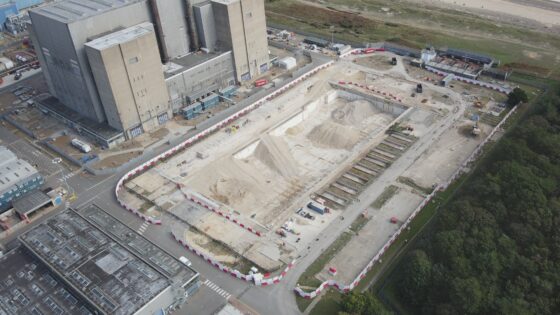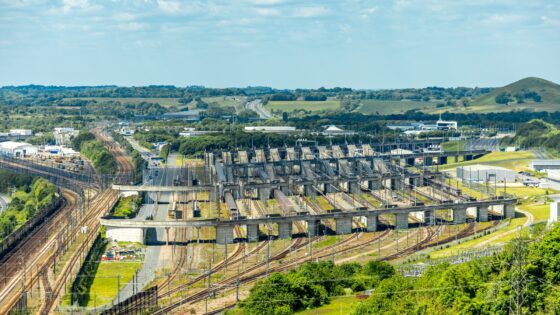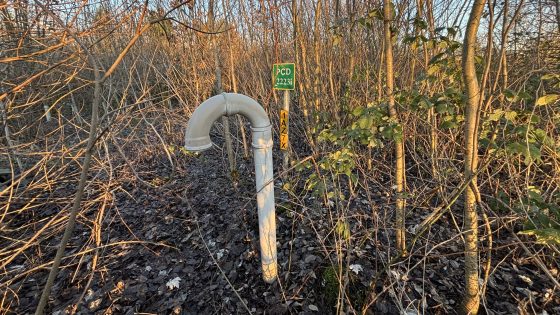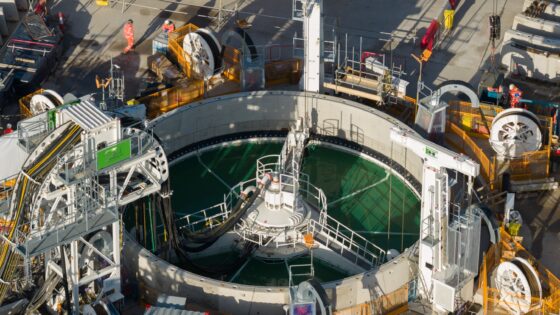Sizewell C to reuse 15,000t concrete: geotechnical QA notes for engineers
Reviewed by Joe Ashwell

First reported on New Civil Engineer
30 Second Briefing
About 15,000t of concrete from the demolished turbine alternator plinths at Sizewell A is being crushed and graded for reuse as sub-base material for foundation platforms at the Sizewell C nuclear project. Using this on-site recycled aggregate will reduce primary quarried aggregate demand and heavy lorry movements to the Suffolk coast site, cutting embodied carbon and local traffic impacts. Geotechnical teams will need to verify grading, compaction behaviour and durability of the recycled concrete to meet nuclear foundation performance and QA requirements.
Technical Brief
- On-site crushing and grading operations allow direct quality control of particle size distribution and contamination.
- Logistics planning must integrate demolition, crushing and platform construction programmes to avoid double handling and stockpile congestion.
- Material management will need segregation of different concrete grades to maintain consistent stiffness and compaction response.
- Reuse strategy provides a reference model for other multi-station nuclear sites undergoing sequential decommissioning and new build.
Our Take
Among the 27 Infrastructure stories in our coverage, only a handful deal with concrete reuse at this sort of 10,000t-plus scale, so the 15,000t of recycled concrete at Sizewell A/C puts it towards the upper end of circular-materials practice on major UK projects.
For practitioners, reusing concrete from Sizewell A into Sizewell C reduces primary aggregate demand and associated haulage, which is increasingly important as other sustainability-tagged projects in our database report local opposition or permitting friction around new quarrying and heavy truck movements.
Several keyword-matched pieces on concrete in our database focus on low-carbon mixes and cement substitution, so this large-volume recycling move at Sizewell suggests UK nuclear and heavy infrastructure schemes are now combining mix design changes with aggressive demolition-material recovery to hit embodied-carbon targets.
Prepared by collating external sources, AI-assisted tools, and Geomechanics.io’s proprietary mining database, then reviewed for technical accuracy & edited by our geotechnical team.
Related Articles
Related Industries & Products
Construction
Quality control software for construction companies with material testing, batch tracking, and compliance management.
Mining
Geotechnical software solutions for mining operations including CMRR analysis, hydrogeological testing, and data management.
QCDB-io
Comprehensive quality control database for manufacturing, tunnelling, and civil construction with UCS testing, PSD analysis, and grout mix design management.


